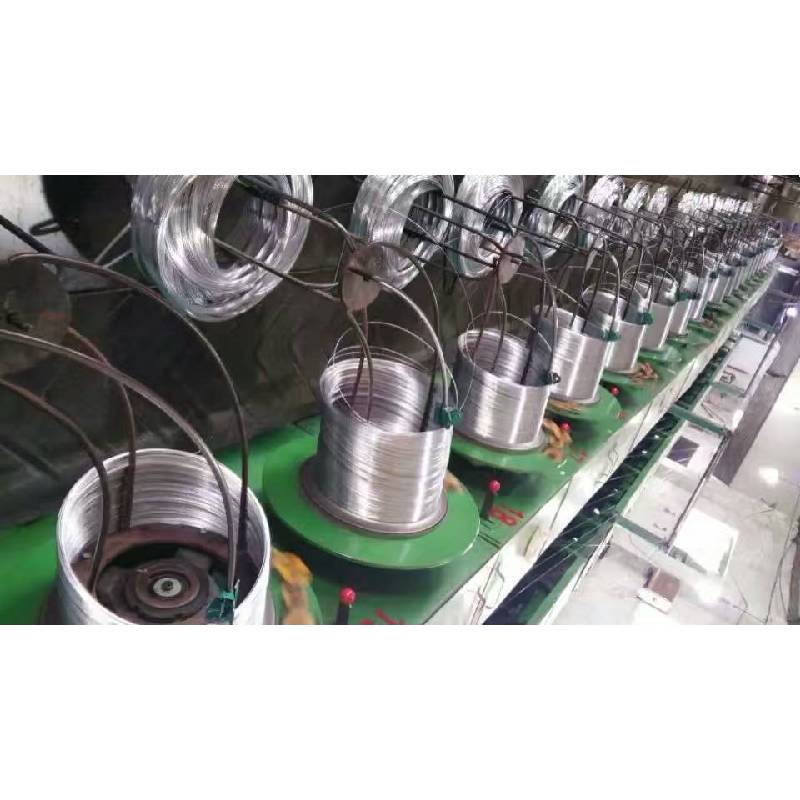
- Mobile Phone
- +8613931874955
- sales@cntcmetal.com
masonry joint reinforcement
Understanding Masonry Joint Reinforcement
Masonry joint reinforcement is a crucial aspect of masonry construction, providing additional strength and stability to brick and block structures. As buildings face various environmental stresses, including lateral loads from wind or seismic activity, the need for reinforced joints becomes increasingly important. This article explores the importance, types, installation methods, and benefits of masonry joint reinforcement.
Importance of Joint Reinforcement
Masonry structures are often rigid but can be susceptible to cracking due to differential settlement, temperature variations, or moisture changes. Joint reinforcement mitigates these risks by distributing loads more evenly across the wall. It enhances the structural integrity of masonry walls, ensuring that they can withstand the pressures they encounter over time. In addition, joint reinforcement can help prevent water infiltration, which is a persistent issue in masonry due to the porous nature of bricks and blocks.
Types of Masonry Joint Reinforcement
There are primarily two types of masonry joint reinforcement ladder reinforcement and mesh reinforcement.
1. Ladder Reinforcement This type comprises two horizontal wires connected by vertical wires, resembling a ladder. It is commonly used for both horizontal and vertical applications in masonry walls. Ladder reinforcement is typically made from galvanized steel to prevent corrosion and ensure longevity.
2. Mesh Reinforcement Mesh reinforcement consists of a grid of steel wires that are woven together. It provides greater coverage and support across larger areas of the masonry wall, making it suitable for walls that are subject to higher stresses.
Installation Methods
The installation of masonry joint reinforcement is usually done during the course of wall construction. It is laid in the mortar joint between the courses of masonry units. Proper placement is vital; typically, the reinforcement should be installed at regular intervals, often at every third or fourth course, to maximize its effectiveness.
Here are the general steps for installation
1. Preparation Ensure that the masonry units and mortar are prepared according to the specifications. Inspect the wall for any existing defects that may need to be addressed before reinforcement.
masonry joint reinforcement

2. Cutting and Placement The reinforcement should be cut to the required length and positioned accurately within the mortar joint. Care should be taken to ensure that the reinforcement lies flat and is not twisted or bent.
3. Mortar Application Once the reinforcement is in place, apply a fresh layer of mortar over it. This helps to bond the reinforcement with the masonry units, creating a cohesive structure.
4. Inspection After the mortar sets, it’s crucial to inspect the installation to ensure that the reinforcement is correctly placed and properly bonded.
Benefits of Masonry Joint Reinforcement
Integrating joint reinforcement into masonry construction offers numerous advantages.
- Increased Strength Reinforcement significantly increases the tensile and flexural strength of masonry walls, making them more resilient against various forces.
- Crack Control By distributing loads evenly, reinforcement helps control and limit the width of cracks, which in turn extends the life of the masonry structure.
- Durability Galvanized steel reinforcements are resistant to rust and corrosion, enhancing the longevity of both the reinforcement itself and the masonry.
- Cost-Effective Solution While there is an upfront cost associated with purchasing and installing joint reinforcement, the long-term savings from reduced maintenance and repair costs make it a cost-effective choice.
Conclusion
In conclusion, masonry joint reinforcement is an essential component of modern masonry construction. By enhancing the strength, durability, and overall performance of masonry structures, it plays a significant role in ensuring their longevity and safety. As construction techniques evolve and the demands on structures increase, the importance of effective joint reinforcement will only continue to grow. This ensures that masonry remains a vital choice in building design and construction.
share:
-
Why Sacrificial Formwork Is Redefining Underground ConstructionNewsJun.06,2025
-
The Structural Dynamics of Modern Concrete: How Snake Spacers Revolutionize Flexible ReinforcementNewsJun.06,2025
-
Snake Spacers Smart-Lock Concrete Reinforcement with Surgical PrecisionNewsJun.06,2025
-
Snake Spacers: Reinforcement Precision for Modern Concrete ProjectsNewsJun.06,2025
-
Snake Spacers Powering Concrete's Structural DNANewsJun.06,2025
-
Slither into Success: Snake Spacers' Precision Bite for Unbreakable ReinforcementNewsJun.06,2025
-
Sacrificial Formwork: Building Stronger, Faster, and Safer StructuresNewsJun.06,2025



















